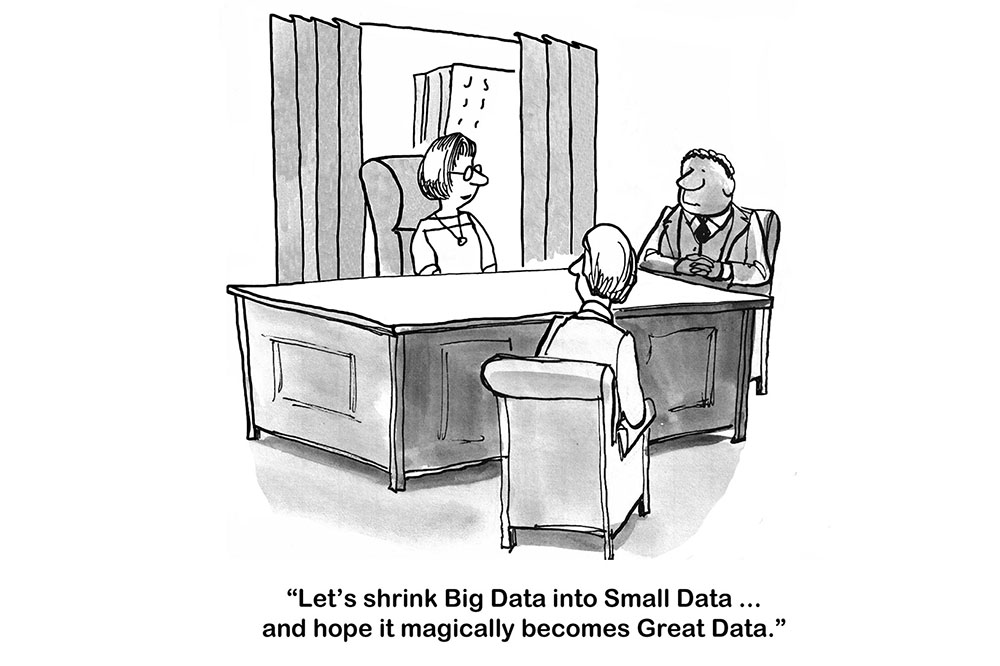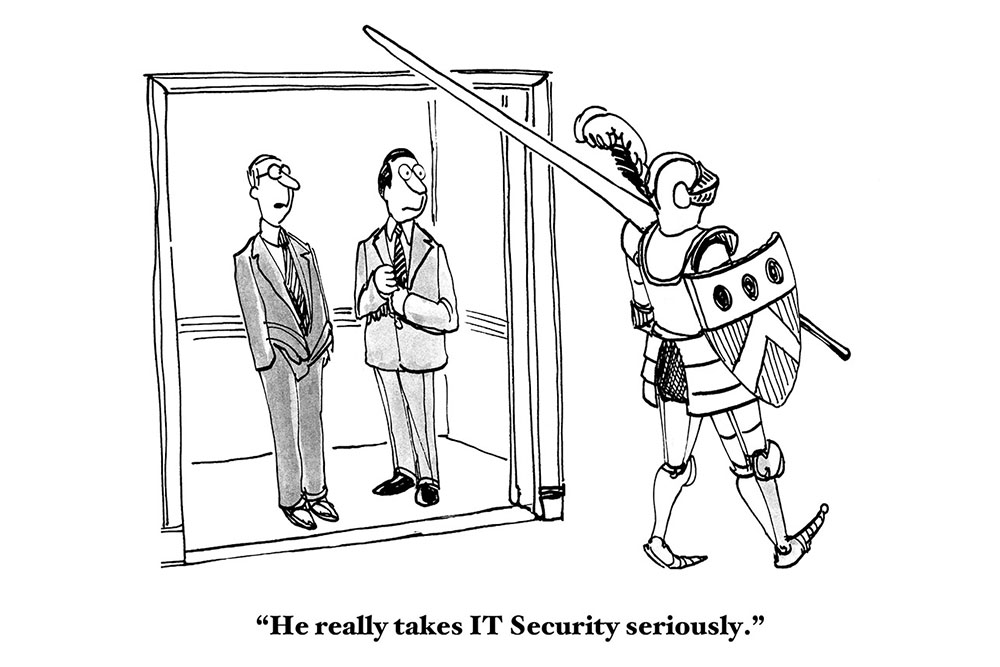People are motivated by their self-interests. Their positions, interests, and performance metrics determine what they want to focus on. Dr. Fauci and CDC focus on eliminating Covid-19 cases in US. The federal and state governments instead need to think about everything else. Tradeoffs must be made to keep our daily lives going. This is just like a company transformation. Companies must design the right transformation structure to ensure the success of a transformation.
After one year, as of now, the COVID-19 situation in US seems to be finally stabilizing. The number of cases is getting smaller. The mortality rate is declining. Vaccines are being rolled out aggressively across the country. States are reopening. For example, on March 1, Massachusetts removed the occupancy limit in restaurants. Texas Governor Greg Abbott announced that the whole state of Texas will be 100% reopen on March 10th.
CDC and Dr. Fauci have been sending some warning signals on this. The Head of CDC warned about a possible 4th COVID surge. Dr. Fauci worried that US virus cases will stick at 70,000 a day and didn’t see the normalcy anytime soon. Some Internet user posts have been quite negative on the various warnings from CDC and Dr. Fauci. Some people called Dr. Fauci the downer. This is, well, partially true. Dr. Fauci is cautious and always asks people to be diligent and cautious. Even when there is good news, Dr. Fauci invariably switches back to his caution.
But that is Dr. Fauci’s job. As the person in charge of infectious disease, his job is to make sure that the country has the lowest Covid-19 infection rate. While he needs to consider how to balance the lockdowns and the economic impact the lockdowns are creating, people will more likely point fingers at Dr. Fauci when there is a surge of COVID-19 cases and deaths.
The dilemma is the conflict between Dr. Fauci’s goal and everyone else’s. Dr. Fauci’s goal is to reduce the infection rate. That is what he is accountable to the US government and US people. People’s financial wellness, unfortunately, is not what US government will hold Dr. Fauci accountable for.
This brings me to the issue of transformation. You might wonder what is the relationship between CDC and Dr. Fauci and Transformation? This is because transformation in a company has the same challenge as Dr. Fauci and CDC face. The challenge is about how to balance the long-term goals and objectives and the short term ones, and how to reconcile the conflicts between the two.
The conflicts between the objectives are not only between Dr. Fauci and CDC and the economy. It happens almost universally. The first example is consultants and corporate business. One of the key differences between consultants and corporate executives is that corporate executives are often the so-called operators. Consultants sometimes are more like CDC and Dr. Fauci. They are the specialists who were brought in to solve one specific problem. They study the problem and recommend the solutions to solve the problems. Consultants and operators: operators must be able to reconcile the conflicting objectives. Where consultants just need to focus on the projects on hand.
The conflicts also exist with IT and technology transformation and implementation. IT focuses on creating applications that can be used to change business. Business owners, on the other hand, focus on managing the day to day business AND delivering the future.
Such conflicts are unavoidable. The keys to resolve the conflicts are to align the goals and objectives and incentives. People follow self-motivation. They do the things that they perceive that will benefit themselves the most. It’s critical to design the right transformation architecture to ensure that the goals and objectives for all participants are fully aligned.
To achieve the alignment in a transformation, there are three different conflict-resolution options to consider. Option 1 is a separate army or a SWOT team that focuses on designing and delivering the transformation. This is probably the most popular option for companies since this is very similar to the project approach that companies have used in the past. The creation of senior executive-level positions such as Chief Digital Officers and Chief Data Officers is often the result of adopting such an approach. Chief Digital Officer position is often created as companies embark on their digital transformation journey. Chief Data Officer is hired to enable the data transformation.
The separated approach has a couple of core advantages. First of all, it highlights the criticality of the transformation. All the spotlight is immediately shone on the transformation. Secondly, it ensures dedicated capacity and resources. The people assigned to focus on the transformation are solely committed to execute the tasks on hand. They have clear mandate on what they need to achieve, and all the resources are dedicated to facilitate the transformation. The approach also enables companies to recruit expertise more easily since the candidates know that they will be joining a group of fellow practitioners.
The challenge of the separated approach is the conflict between the transformation group and everyone else. Just like the conflict between CDC and Dr. Fauci and the economy, the transformation group is likely focusing on long term future of the company and works diligently to push for transformational changes. People outside of the transformation, in the meantime, are more focused on what they need to do to deliver the quarterly performance. They might not have the bandwidth to work together with the transformation group to work on the strategic changes.
Furthermore, the people outside the transformation might not view transformation as a part of their job. To some degree, the separation set up implies that only the people who are a part of the transformation group are responsible for the transformation. Furthermore, people who are not in the group might even feel jealousy since they don’t have the same level of resources.
World Economic Forum’s research on Chief Digital Officer demonstrated the challenges of a separate transformation setup. The WEF research reveals that the average tenure of a CDO is only 31 months, the shortest of all C-suite roles and the number is still falling. Furthermore, more than three-quarters of them leave the company immediately after their tenure as CDO. One of the key challenges for the CDOs is the disconnection between the CDO’s digital transformation responsibilities to their mandate to get others to adopt digital changes. As one of the CDOs indicated, “You cannot say to a general manager who is a very powerful lady or a power man, to do things in a certain way. As long as they are successful, they do things in their own way, and they do things with their own investment and cannot be forced for instance, to get to a central digital hub to do a digital initiative if they don’t feel that that is the right thing to do.”
The second option to set up a transformation structure is to ask the people who are working on day-to-day business to also take on the transformation tasks. The good news is that the people are focused on business performance and have the resources to make things happen. The misaligned interest and style issues caused by the separation option above should disappear. On the other hand, people do things based on what they are measured. If they are more measured by the near-term performance requirements, they of course will focus more on delivering the near-term. In addition, this approach also requires people who have been used to the way of how things work start to work in a new way. If they are not well trained, the transformation might become more of a transformation in name only.
To mitigate the shortcomings in the above options, companies could consider adopting an integrated transformation approach. The current line leaders will be slated to lead and drive the transformation. They will be responsible for not only delivering the short-term performance but also driving the changes. In parallel, they will get support from a group of change agents to help them design the change program and bring in new skills as necessary. The combined teams will have common and aligned interests but, in the meantime, have access to the new skills that are required.
This is the approach ex-CEO of Honeywell David Cote implemented at his company. During his tenure at Honeywell, the company embarked on a company-wide quest to improve operations with the Honeywell Operating System (HOS). HOS is a comprehensive system for operating Honeywell’s plants and aiming to bringing managers and employees together to continuously improve processes. Cote designed the system so that individual plants would have both the mind-set and the tools to scrutinize the existing operations and improve them on an ongoing basis. Instead of one-off projects, the result of implementing HOS was a constant stream of projects large and small that permanently improved quality, customer satisfaction, and safety while reducing cost, inventory, and environmental footprint. A 2012 article in the Economist credited HOS with helping to make Honeywell “one of the America’s most successful companies”.
=========================
Change is for everyone. But everyone changes driven by their own motivation. When people’s interests are not aligned, they do what’s best for themselves. CDC and Dr. Fauci focus on eliminating COVID-19 from US. Their actions center around that objective. Federal and state governments, however, must take everything else into consideration, e.g., ensuring that people have jobs, schools are open, kids are educated. This is why transformation can’t be done in a vacuum. To make transformation happen and stick, companies must design a change structure to ensure the alignment.



